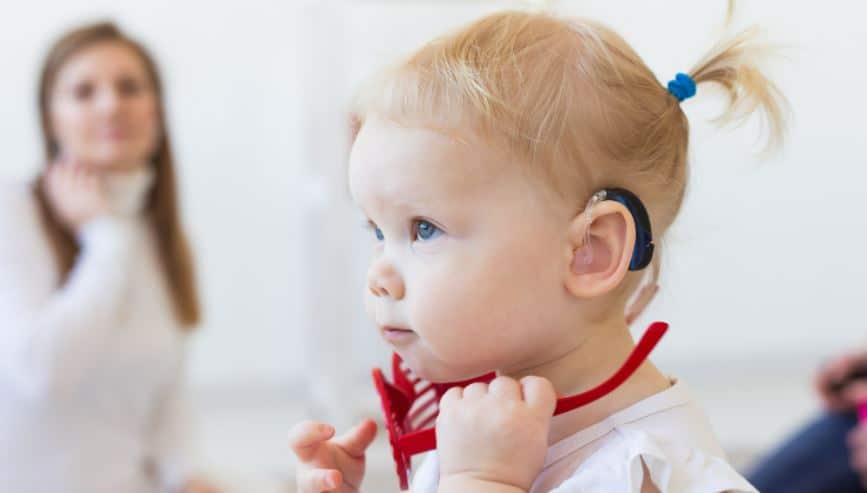I have recently gotten hearing aids and it reminded me that we need to remember that adjusting to new technology is an effort for everyone. I remember in the olden days when people moved from analog to digital hearing aids both children and adults were certain that the new hearing aids weren’t working because they just didn’t sound as loud.
For the children I worked with, I would take their “old” hearing aids and put them someplace in my office with the child’s help but not let them take the hearing aids home because I was afraid that they would just go back to the old aids and not give the new ones a chance.
When they came back a week or two later, none of my kids ever asked for their old hearing aids back.
Adjusting to the New Sound
When children move from hearing aids to cochlear implants it is a shock. Things really sound different. They are hearing high frequency sounds they never heard before. With cochlear implants they cannot go back so the situation is different. If they are old enough, we tell them that things are going to sound very different. When one child complained about how things sounded with his cochlear implant I reminded him that I had told him it would sound different. He confirmed that I had told him that but said he just didn’t believe me.
When I ask children what they are hearing, that they had not heard before, one child asked me if I knew that kisses made noise, another was surprised that turning pages made a noise, and that the refrigerator made a noise.
We need to remember that we need to learn to listen to new technology. If a child gets two new pieces of technology at the same time (e.g. right and left hearing aids or implants), we expect that they will learn to listen equally well with both ears. I think that is a dangerous assumption.
Unless you test, you never know what exactly a child is hearing. It is essential that you test with each ear separately and both ears together. Children should be hearing equally well in each ear. If they are not, one ear will become dominant and not develop optimal auditory skills.
- Test each ear separately
- Ask children which ear is louder (the answer should be I don’t know)
- If testing indicates that the ears are the same but performance is poorer in one ear, or if a child has had a cochlear implant on only one ear and then gets one on the other ear 6 or more months later, the child should spend 2-3 hours/day listening with the new ear alone and some therapy time should be spent listening with the new ear alone. (While kids often object to taking off the “old ear” they will soon see that when the “new ear” improves it helps overall functioning.
Test, test, test
Monitor performance on a regular basis so that you know what a child hears and can work to fix it. Encourage children to be patient and promise things will improve. They will. And if they don’t – go back to the audiologist.






